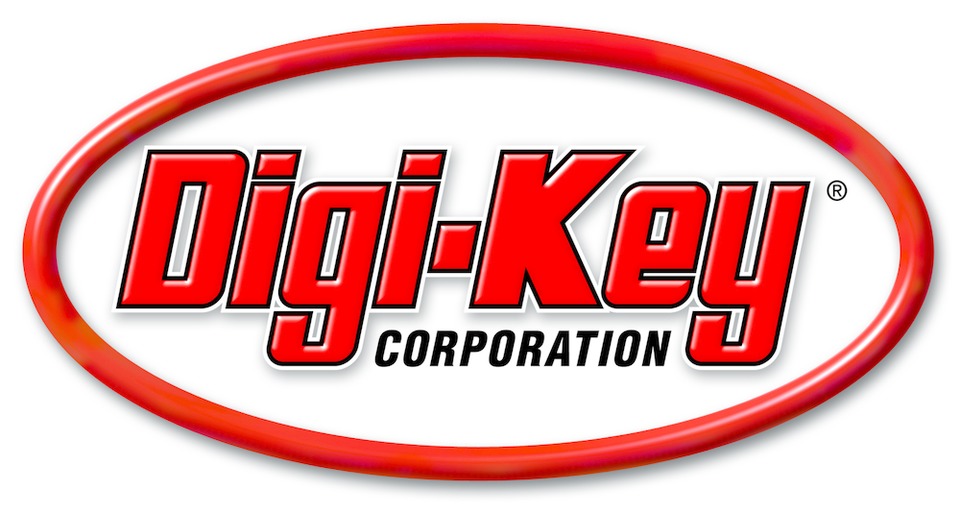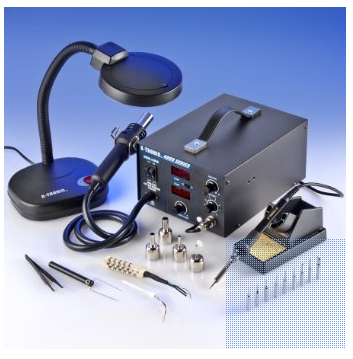...
Open up BOM.csv in Excel or a text editor (or view it on Google Docs). This is a list of all the parts that are necessary to populate the acquisition board PCB. Most of them can be ordered from DigiKey, but some are only available from other distributors. The quantities (column B) are for one acquisition board, so take that into account if you're trying to build multiple boards.
Samtec - For each board, you'll need two of Samtec part #BTE-040-01-F-D-A. These are the connectors that interface with the FPGA. They can be ordered directly from Samtec for around $4 each, or from Opal Kelly for $10/pair. These are referred to as BRD1 on BOM.csv, and as "JP2" and "JP3" on the silkscreen layer of the acquisition board PCB.
Omnetics - Each board requires 4 of Omnetics part #A79623-001 to interface with the headstages. These must be ordered directly from Omnetics. Not only are they expensive (~$30 each for an order of this size), but they have a 6-week lead time. Sometimes if you hassle them, they'll send them faster. It would be incredibly helpful if someone wanted to act as an Omnetics reseller for neuroscientists. If this is something you might have the resources to implement, definitely let us know! We would do it if we had the money.
Update: As of August 2014, I was able to order four of these connectors with less than one week of lead time.
Adafruit - Hat tip to Caleb Kemere for finding these awesome LEDs! The WS2812s contain red, green, and blue LEDs and integrated driver circuitry. They can all be driven by a single data line, using a special programming sequence. You can buy 10 of them from Adafruit for $4.50, but unfortunately they aren't shipped in their original packaging. This means they can be subjected to moisture damage when they're heated up during the soldering process. In our experience, about 1 out of 10 LEDs had to be replaced. If you have the budget for it, or you plan on building a bunch of boards, we'd recommend ordering a roll of 100 or more LEDs from a reseller on Alibaba.
DigiKey - if you're having the board assembled for you, the fabrication company can take care of the DigiKey order. You'll need to send them the parts from Adafruit, Samtec, and Omnetics, but they'll order everything else based on the Bill of Materials. If you're building it yourself, you'll have to go to the "Fast Add" page and enter the quantities and part numbers for each line item. The resistors and capacitors are cheap, so it's usually worth ordering 50 or 100 of each. For the more expensive parts, having 25% more than you actually need is always a good idea.
Here is a link to a fully filled-out digikey cart. It includes 5-10% extra of the very cheap (<$1) components, but otherwise no more than necessary for a single board.
Hot air station - This is necessary only if you're building the board yourself. If you don't have one already, the X-TRONIC Model #4040 is a great deal for only $140. We've used it to make multiple acquisition boards and it works superbly!
...
To place this order, you need to first upload the gerber.zip file from the github repository to www.freedfm.com, which is the automatic file checker used by Advanced Circuits. You will need to tell FreeDFM which file corresponds to each layer, and you must specify the inner layers 2 and 3 as "positive polarity". This is shown in the screenshot below.
Then enter the following specifications:
...
- PCB layer: 4
- PCB thickness: 1.6mm
- PCB dimension: 20cm x 20cm
- PCB colour: green (black is + $20)
- Surface finish: HASL (ENIG finish is +$16)
- Panelised PCB's: no
- Remember to specify the inner copper layers as 'positive' after uploading the gerber files
In general, for any vendor,
If you're going to build the board yourself, you'll need to order a stencil and some solder paste. We recommend OSH Stencils, which are designed for small-run fabrications and are priced accordingly. You'll need to upload the same gerber.zip file that you used to print the PCB. Then identify the top solder paste file (*.tsp) as the top stencil and the board outline file (*.oln) as the board outline. Mark all other files, including all solder mask files, as unused. You don't need a bottom stencil because none of the components attach to the bottom of the board. The total cost should be about $21, with an option to buy a "jig" (which helps to position the stencil) for an additional $5. For the solder paste, do yourself a favor and buy SPE-0012 ZephPaste. It's by far the best solder paste we've used. Just remember to keep it refrigerated!
...





